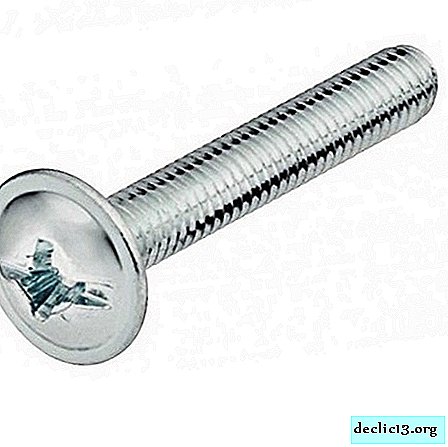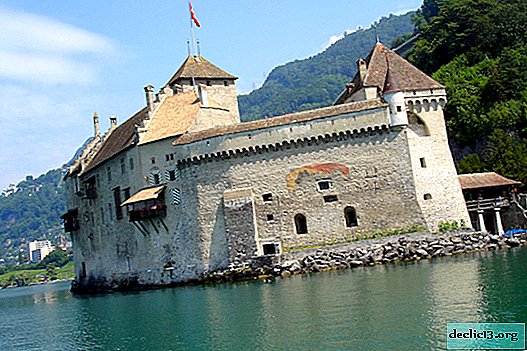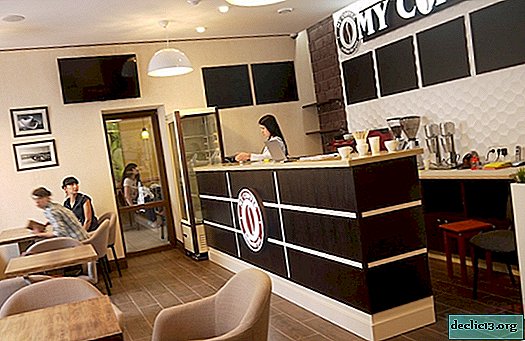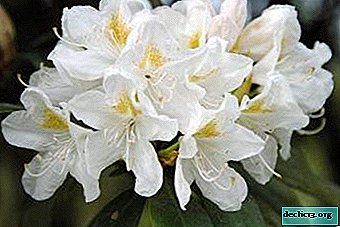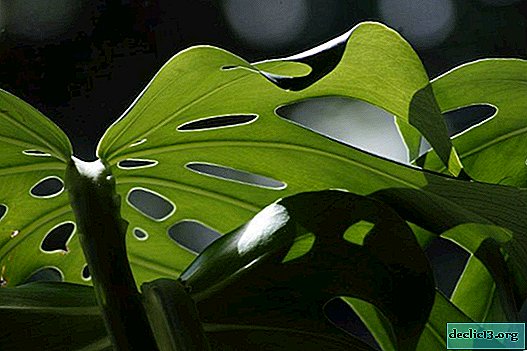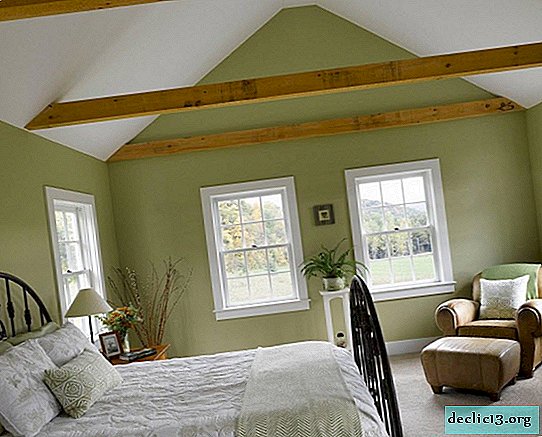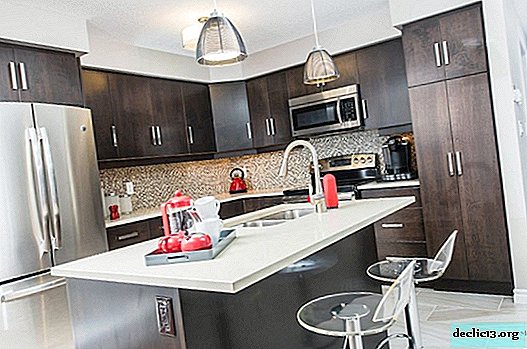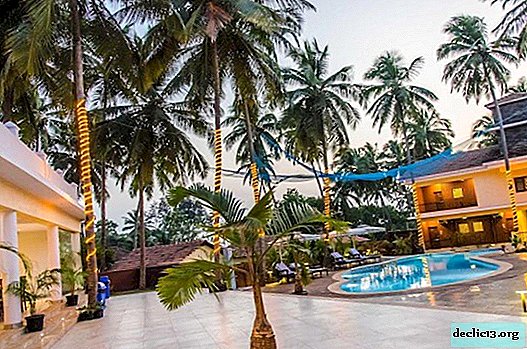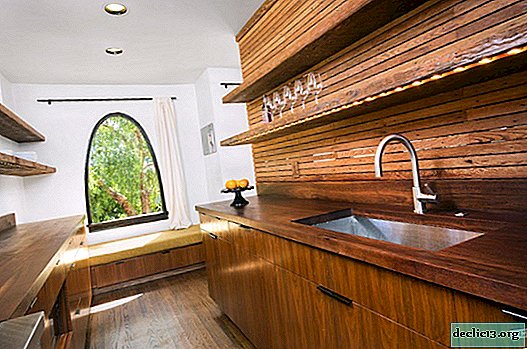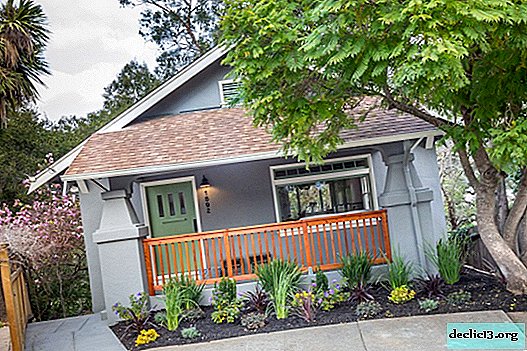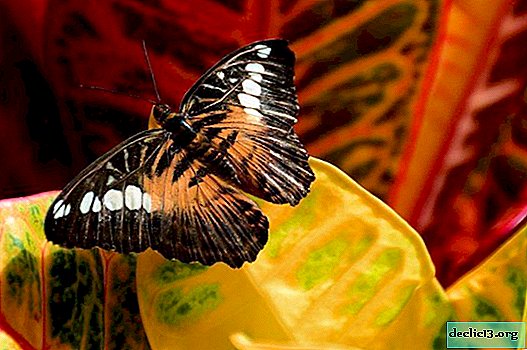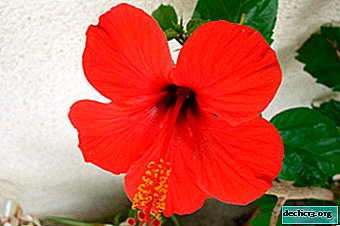Description of the types of pelargonium PAK Salmon: Komtess, Queen and others. Care and growing rules
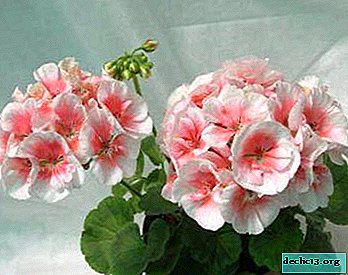
Pelargonium is one of the most common crops grown at home. You can meet this flower on the balcony, on the windowsills and even in the open ground.
Varieties are quite a large number, among which there is such a species as Salmon. It is characterized by excellent decorative qualities and unpretentiousness in care.
In this article, we will study Salmon pelargonium varieties and learn about the rules for caring for it. Also watch a useful video on this topic.
History of occurrence
The homeland of the flower remains South Africa. It was in the 16th century that ships began to actively approach the shores of Africa. Mariners often stayed at Cape of Good Hope for long trips. Then the Europeans were interested not only in the culture of the local population, but also in the plant world. Naturalists immediately discovered beautiful and vibrant pelargonium flowers that grew right under their feet.
ATTENTION: Later, breeders became interested in this type of plant and began to adapt it to new conditions. As a result of breeding, pelargonium of the Salmon variety and many other varieties of this decorative culture arose.Views and photos
Check out photos and descriptions of the types of Princesses, Knight and others.
Queen

This is simple zonal pelargonium.. She has very large and dense inflorescences. Petals are distinguished by a salmon center. The bushes are compact in size, all covered in huge hats. Blossoming is constant and magnificent. The leaves are light green, wide in shape.
Comtess

This is zonal pelargonium. Featuring compact dimensions. Terry flowers and large. The variety is characterized by abundant flowering. Petals are pale pink, wavy at the edges. The stalk is light green, bare. The leaves are green, wavy at the edges.
Knight

This is a popular perennial plant that forms a voluminous and compact bush. Its height is 35 cm and a diameter of 25 cm. The variety is unique in that it has brown leaves with a thin green border around the edge. Salmon flowers, form large spherical inflorescences. If you properly care for the plant, then the flowering will last a whole year.
Princesses

The tulip-like cultivar PAK Salmon Princesses is characterized by abundant and long flowering. The flowers themselves are in the shape of a tulip. They are unusual and incredibly beautiful. Hold on a peduncle for a long time. The color of the petals is red. On one peduncle, up to 8-10 buds are formed. Green leaves with pronounced veins.
Landing rules
Landing events should be held in mid-April or early May. At this time, the earth will already be completely warmed up. It is better to purchase planting material in specialized stores, because this is the only way to be sure of the quality of products. Salmon pelargonium seeds are quite large, so before planting them, gently rub them with fine sandpaper. This will be their scarification.
The landing process has its own characteristics:
- Prepare a wooden box, fill it with nutritious soil. For these purposes, the store option is perfect.
- Run grooves, placing them at a distance of 2-3 cm.
- Distribute the seeds with a distance of 1.5 cm, dropping them to a depth of 1 cm. You do not need to sprinkle with earth with the ground, but simply cover the seedlings with a film.
- They appear on the 14-20 day. And as soon as they form 2 leaves, then they can be transplanted in containers with a diameter of up to 10 cm. The soil can be used the same as for growing seedlings.
- Pour the soil to the edges of the pot and make a recess in the center. With a free planting of seedlings, it is much easier and more convenient to transship the plant.
Lighting and location
Pelargonium Salmon reacts negatively to direct sunlight. So planting it in an open area is not worth it. The best option would be a darkened well-ventilated place (under a bush, tree). You can not allow close proximity to other plants, as this can lead to infection with various diseases.
Soil requirements
A slightly acidic soil remains optimal for the plant. It is in her that a flower can quickly adapt, grow and last a long time flowers. Since pelargonium has a weak root system, the earth should be slightly loose and nutritious. For these purposes peat, humus or compost is suitable.
How to care?
You can keep the plant beautiful throughout the season if you adhere to the following recommendations regarding care:
 Watering. Pelargonium Salmon loves moderate watering, so an excess of moisture affects her badly. Watering is enough 1-2 times a week. Use only soft and settled water. In this case, do not get on the leaves and petals, as this will lead to a burn.
Watering. Pelargonium Salmon loves moderate watering, so an excess of moisture affects her badly. Watering is enough 1-2 times a week. Use only soft and settled water. In this case, do not get on the leaves and petals, as this will lead to a burn.- Fertilizer. Feeding is enough 1 time in 2-3 weeks. Do this only after moistening the soil. Use complex mineral formulations that contain potassium, magnesium and phosphorus. The optimal time for fertilizing is considered before flowering and after it. It is better to refuse fresh manure, since there is a high risk of pests.
- Pruning. For active flowering of pelargonium and growth, pruning is necessary. To do this, slightly pinch the tops of the shoots.
Common Diseases and Pests
Pelargonium Salon is resistant to disease, but in case of violation of agricultural regulations, the flower may turn white.
Consider the main diseases of pelargonium:
- Anthracnose. This is a fungal disease, which can be recognized by the presence of spotting. On the surface of the leaf, hairy bulges of red, yellow, brown and brown are formed. Defeat with anthracnosis is not violent, so the timely detection of the first symptoms will save the plant. To do this, remove all the affected parts of the flower, reduce air humidity and treat pelargonium with natural insecticides (colloidal sulfur, Bordeaux liquid, copper sulfate).
- Rust. This is a fungal disease that forms oval or round pustules on the inside of the leaf. Red spots are visible on top of the leaf blade. The reason for the rust is a violation of the watering schedule and an increase in air humidity. Treatment involves the removal of affected parts of the plant and treatment with fungicides.
- Spotting and curling leaves. In this case, the flowering of the plant stops. Small spots form on young leaves. With the development of the pathological process, they increase and acquire large sizes. The center of the spots is pronounced. Leaf curl occurs due to malnutrition. The veins lighten a little, and the edges dry.
Sometimes tracking the formation of the virus in the form of transparent oily spots with a green center. It is surrounded by small yellow concentric rings.
TIP: To defeat the disease, it is necessary to use healthy plants for reproduction, as well as timely treatment with insecticides.
Of the pests for pelargonium, Salmon is of particular danger:
- aphid;
- whitefly;
- termite;
- caterpillar.
To combat them, use such drugs:
- Marathon.
- Aspirin.
- Monterey.
- Messenger.
Breeding methods
Cuttings
At the end of February, many shoots are formed on the bushes awakened from winter. To get a flowering and beautiful flower, you need to cut it. Cut fresh and strong shoots are an excellent material for reproduction.
The procedure is as follows:
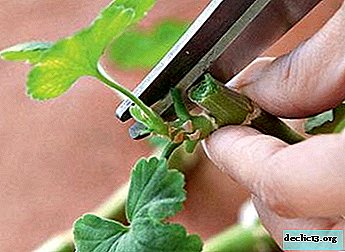 Using a blade or knife, carefully cut the shoot.
Using a blade or knife, carefully cut the shoot.- Remove the apical part with 2-3 leaves.
- Cut the bottom and dry the cut. Hold the stalk in the air for 2-4 hours.
- The soil in which the cuttings will be placed must be pretreated with a potassium permanganate solution.
- Plant cuttings in the soil at a distance of 2-4 cm from each other.
Seeds
This method is one of the most common. The procedure is as follows:
- Before planting, the soil must be sanitized. For this, a weak solution of potassium permanganate is suitable.
- Distribute the seeds on the ground, and sprinkle on top a little sifted soil.
- Watering them is not necessary, but just cover it with foil and set the seedlings in a warm place.
- Picking is performed only after the formation of 2-3 true leaves.
See about growing pelargonium from seeds:
Conclusion
Pelargonium Salmon - a culture that is famous for its beautiful decorative qualities. It is easy to care for, rarely affected by diseases and is characterized by prolonged flowering. The main thing is to choose a quality planting material and create suitable conditions for plant growth.

 Watering. Pelargonium Salmon loves moderate watering, so an excess of moisture affects her badly. Watering is enough 1-2 times a week. Use only soft and settled water. In this case, do not get on the leaves and petals, as this will lead to a burn.
Watering. Pelargonium Salmon loves moderate watering, so an excess of moisture affects her badly. Watering is enough 1-2 times a week. Use only soft and settled water. In this case, do not get on the leaves and petals, as this will lead to a burn. Using a blade or knife, carefully cut the shoot.
Using a blade or knife, carefully cut the shoot.